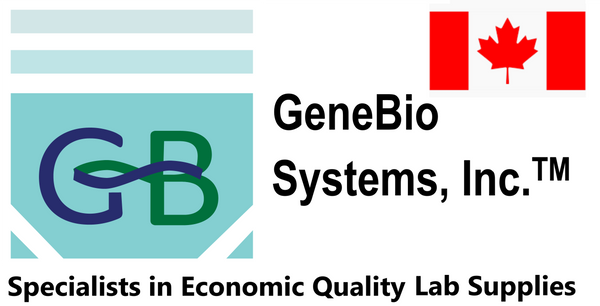Gene Bio Systems
Recombinant Bacillus subtilis Phosphocarrier protein HPr(ptsH)
Recombinant Bacillus subtilis Phosphocarrier protein HPr(ptsH)
SKU:CSB-EP362538BRJ
Couldn't load pickup availability
Size: 200ug. Other sizes are also available. Please Inquire.
In Stock: No
Lead time: 10-20 working days
Research Topic: Others
Uniprot ID: P08877
Gene Names: ptsH
Organism: Bacillus subtilis (strain 168)
AA Sequence: AQKTFKVTADSGIHARPATVLVQTASKYDADVNLEYNGKTVNLKSIMGVMSLGIAKGAEITISASGADENDALNALEETMKSEGLGE
Expression Region: 2-88aa
Sequence Info: Full Length
Source: E.coli
Tag Info: N-terminal 6xHis-SUMO-tagged
MW: 25.1 kDa
Alternative Name(s): Histidine-containing protein
Relevance: General (non sugar-specific) component of the phosphoenolpyruvate-dependent sugar phosphotransferase system (sugar PTS). This major carbohydrate active-transport system catalyzes the phosphorylation of incoming sugar substrates concomitantly with their translocation across the cell membrane. The phosphoryl group from phosphoenolpyruvate (PEP) is transferred to the phosphoryl carrier protein HPr by enzyme I. Phospho-HPr then transfers it to the permease (enzymes II/III). P-Ser-HPr interacts with the catabolite control protein A (CcpA), forming a complex that binds to DNA at the catabolite response elements cre, operator sites preceding a large number of catabolite-regulated genes. Thus, P-Ser-HPr is a corepressor in carbon catabolite repression (CCR), a mechanism that allows bacteria to coordinate and optimize the utilization of available carbon sources. P-Ser-HPr also plays a role in inducer exclusion, in which it probably interacts with several non-PTS permeases and inhibits their transport activity.
Reference: "Phosphoenolpyruvate:sugar phosphotransferase system of Bacillus subtilis: nucleotide sequence of ptsX, ptsH and the 5'-end of ptsI and evidence for a ptsHI operon."Gonzy-Treboul G., Zagorec M., Rain-Guion M.-C., Steinmetz M.Mol. Microbiol. 3:103-112(1989)
Purity: Greater than 90% as determined by SDS-PAGE.
Storage Buffer: Tris-based buffer,50% glycerol
Storage: The shelf life is related to many factors, storage state, buffer ingredients, storage temperature and the stability of the protein itself. Generally, the shelf life of liquid form is 6 months at -20℃/-80℃. The shelf life of lyophilized form is 12 months at -20℃/-80℃.
Notes: Repeated freezing and thawing is not recommended. Store working aliquots at 4℃ for up to one week.


